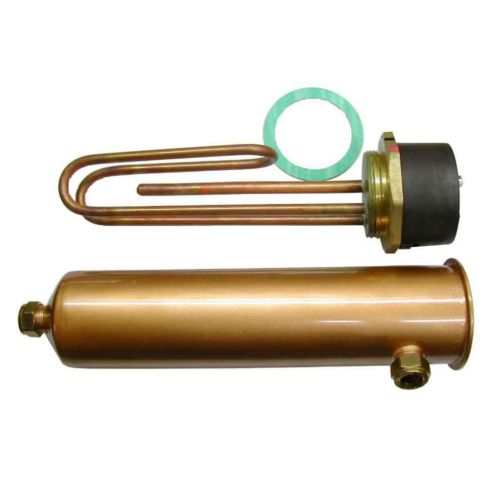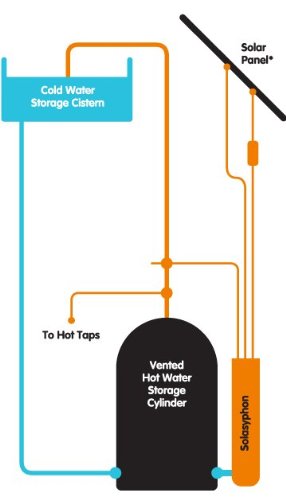In my case the immersion heater could not be used to heat house, as there is no pump on the hot coil it is thermo syphon, so there is no way to get water to circulate. However where there is a pumped supply to the hot coil, then I suppose the coil can cool the store just as easy as heat the store, it would be rather wasteful as it would be sending the hot water through the boiler, but if the boiler failed it would likely heat a radiator or two.
As two selecting radiators so only some rooms heated, not sure how it will work, be it from a immersion heater or main boiler, my previous houses were not well insulated room to room, they were good at stopping heat leaving the house, but it was noted you could turn bedroom radiators completely off, but with down stairs set to 20°C it was hard to get a bedroom below 17°C of course if the room below was not heated then yes bedroom could get very cold.
So today the programmable TRV is dropping in price, I have bought 5 programmable blue tooth heads for £15 each, so unused rooms will not be heated, already have 4 programmable wifi units which follow Nest, but these were a lot more expensive at around £40 each, with the existing as they close also boiler will switch off as everything linked, but where the TRV turns off and boiler is still running what happens to the heat? With modulating boiler OK, but simple off/on it will cycle, is this really better than the old throttling back of the lock shield valve?
I wonder if these energy saving organisations really know? or do the just thing if you have more control you must save energy without testing? We have seen so many daft statements, energy saving bulb for example, how much energy do they save, it will be dependent on how often the central heating has to run with them and without them, I don't use lights much in the summer, likely the lights are used when no central heating running for 10% per annum, rest of time any heat will not be wasted, OK not having to change bulbs every week, and fact that gas and oil is cheaper than electric I have fitted LED bulbs throughout the house, however all the energy saving organisations seem to use them in isolation, which in the home is rare. OK may have some out side lights, but most are inside.
So well look at one area where they have clearly got it wrong, and one asks can I believe anything they say? Some times one can use simple logic, if using a bus saves so much energy compared with private car, why are they so expensive? Trains must use more energy than buses as they cost more. OK there are exceptions, I pay £42 for a three year ticket on local train, likely average use it once a week, so rather cheap for 8 mile (12 mile by road) trip, however as to how much coal that train burns, not sure it's better for the environment, but I love travelling on a steam train.
Some times it not down to economy, it's simply what one likes, and in the main returning to central heating it's more about ensuring rooms not too hot for comfort than what it costs, and having hot water at turn of tap, and not having to wait for hot water to arrive.



